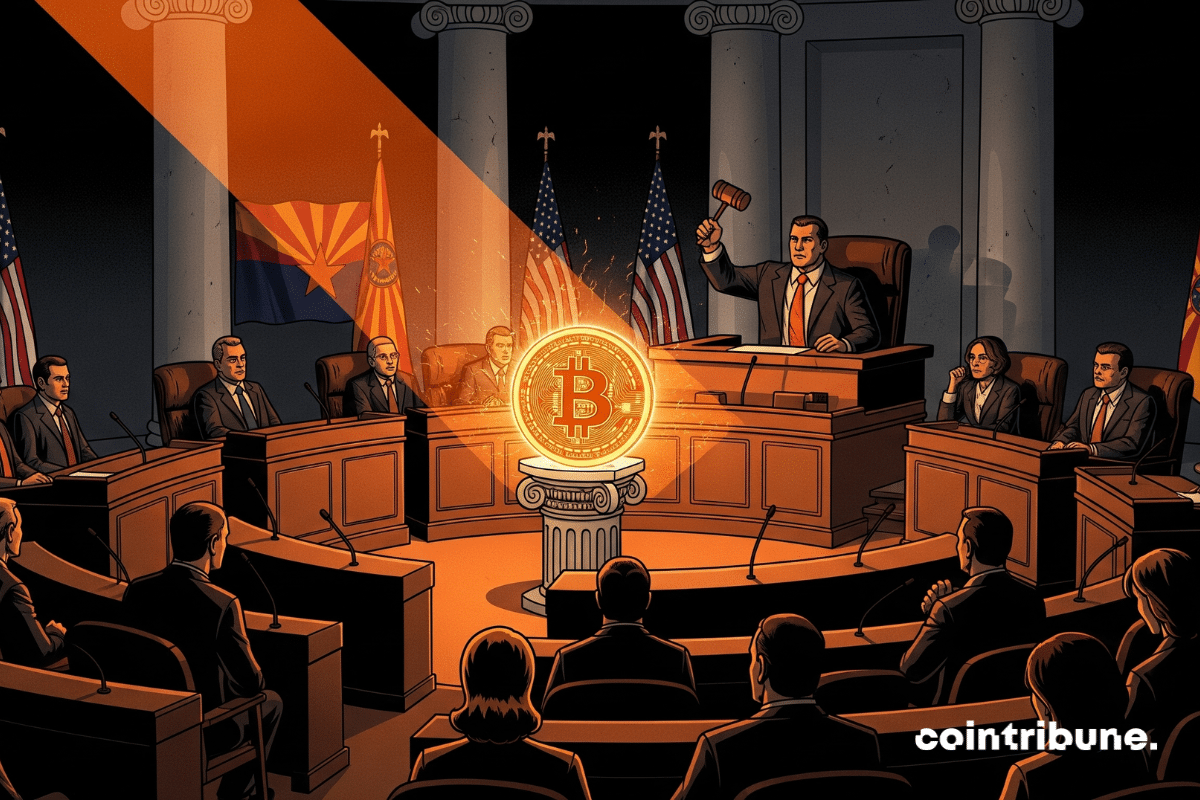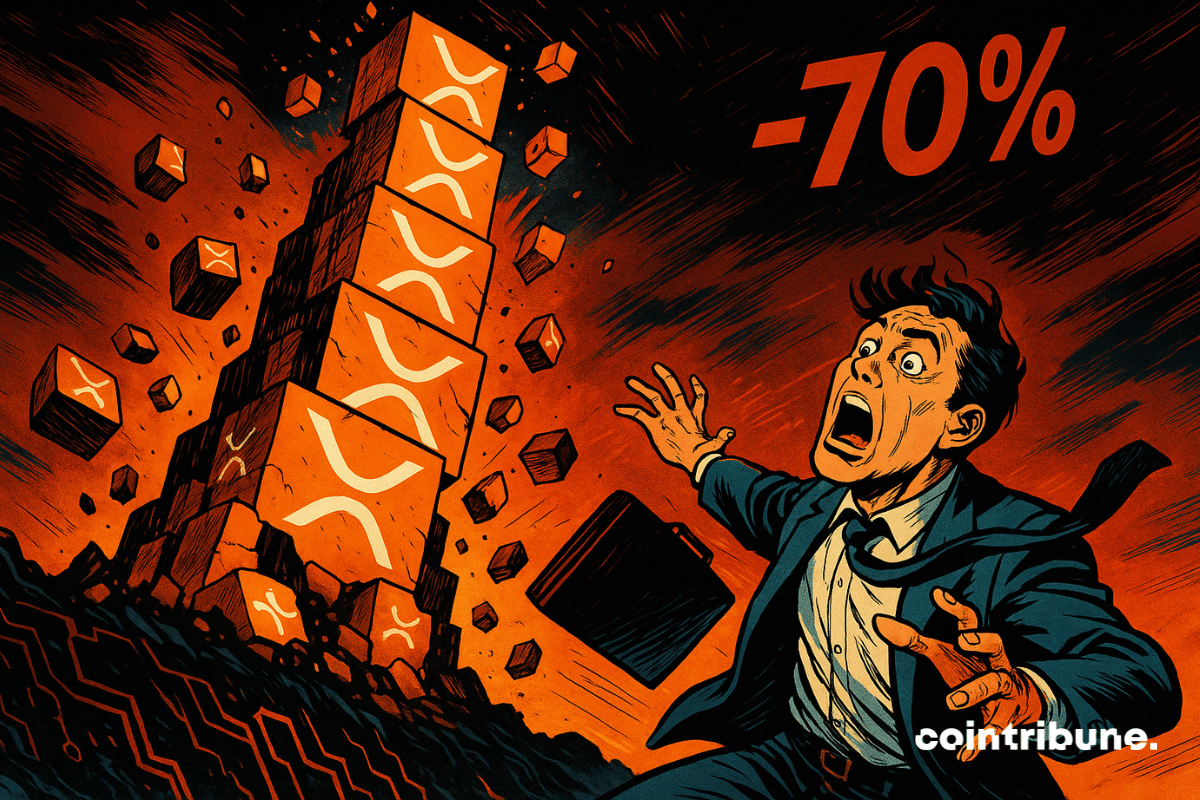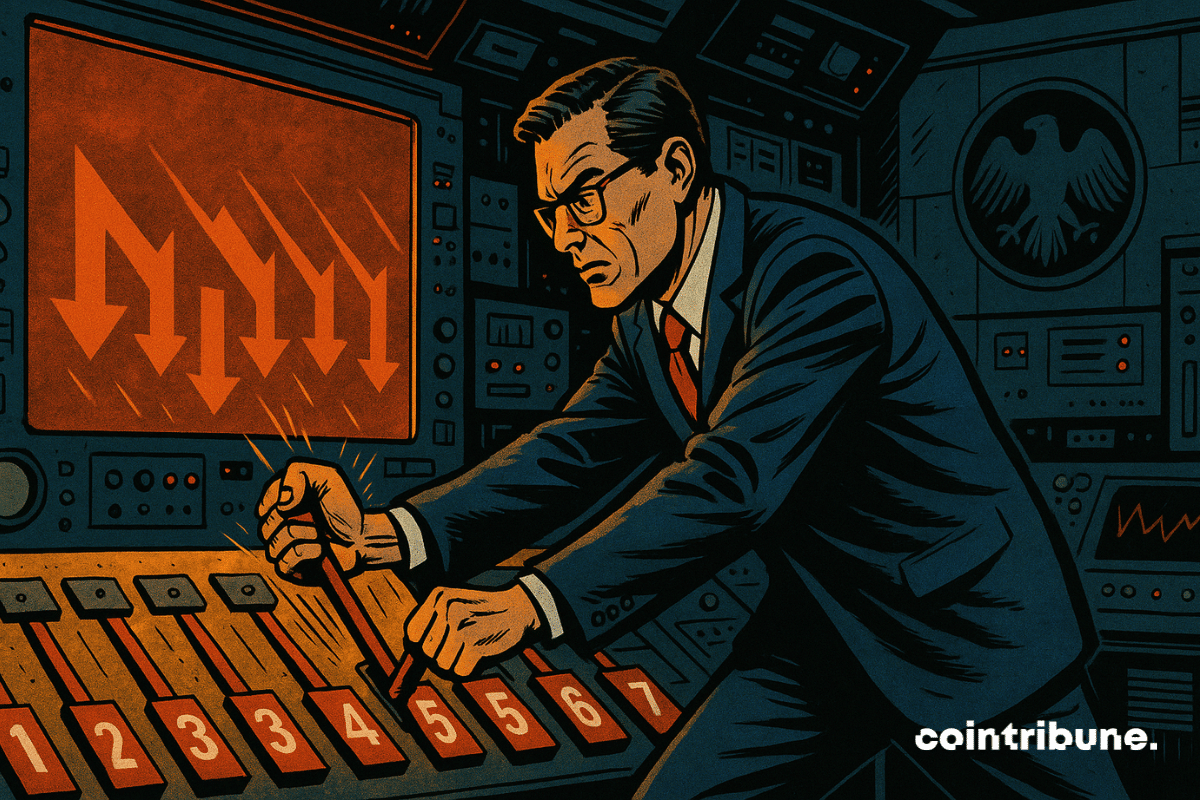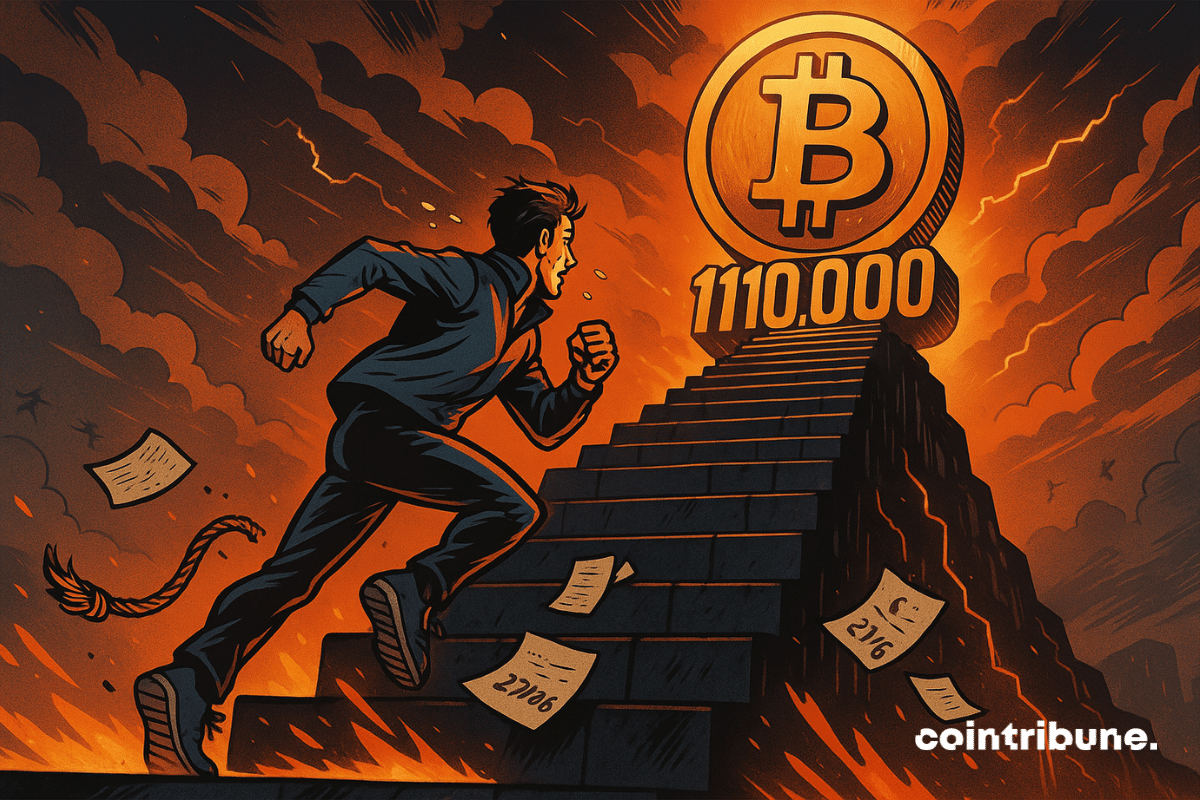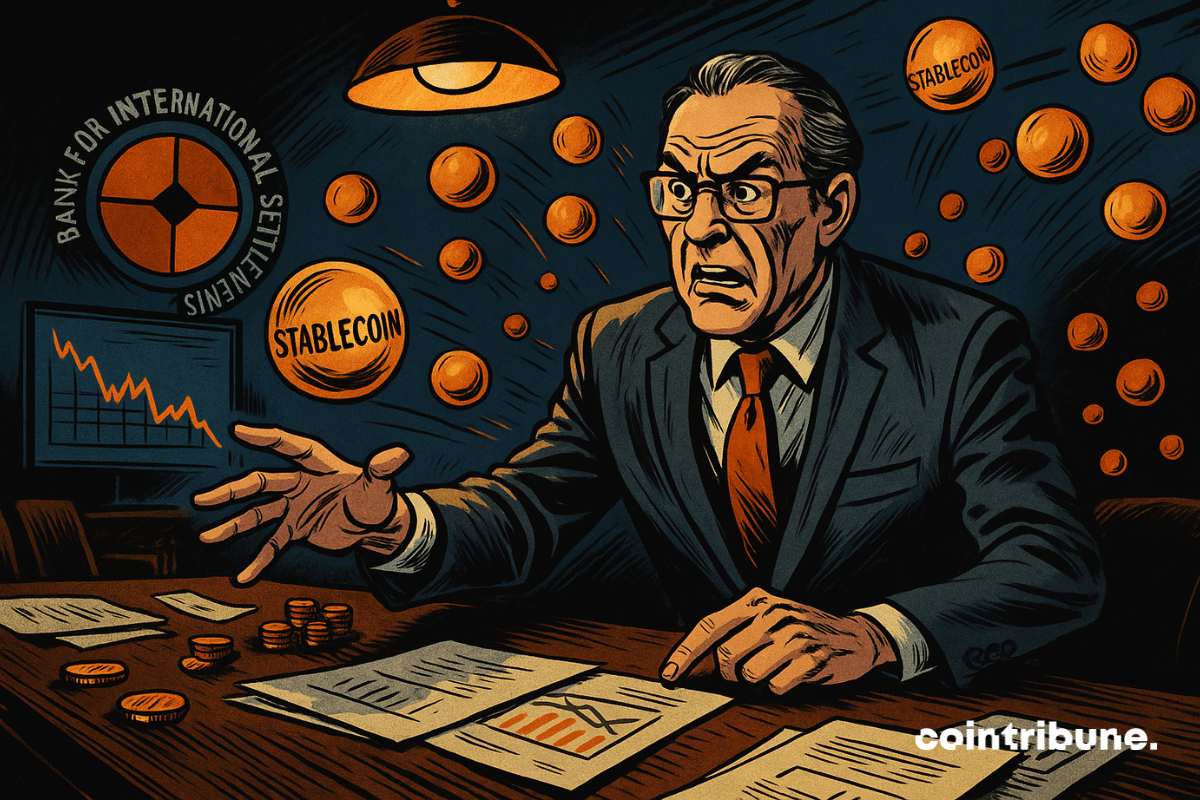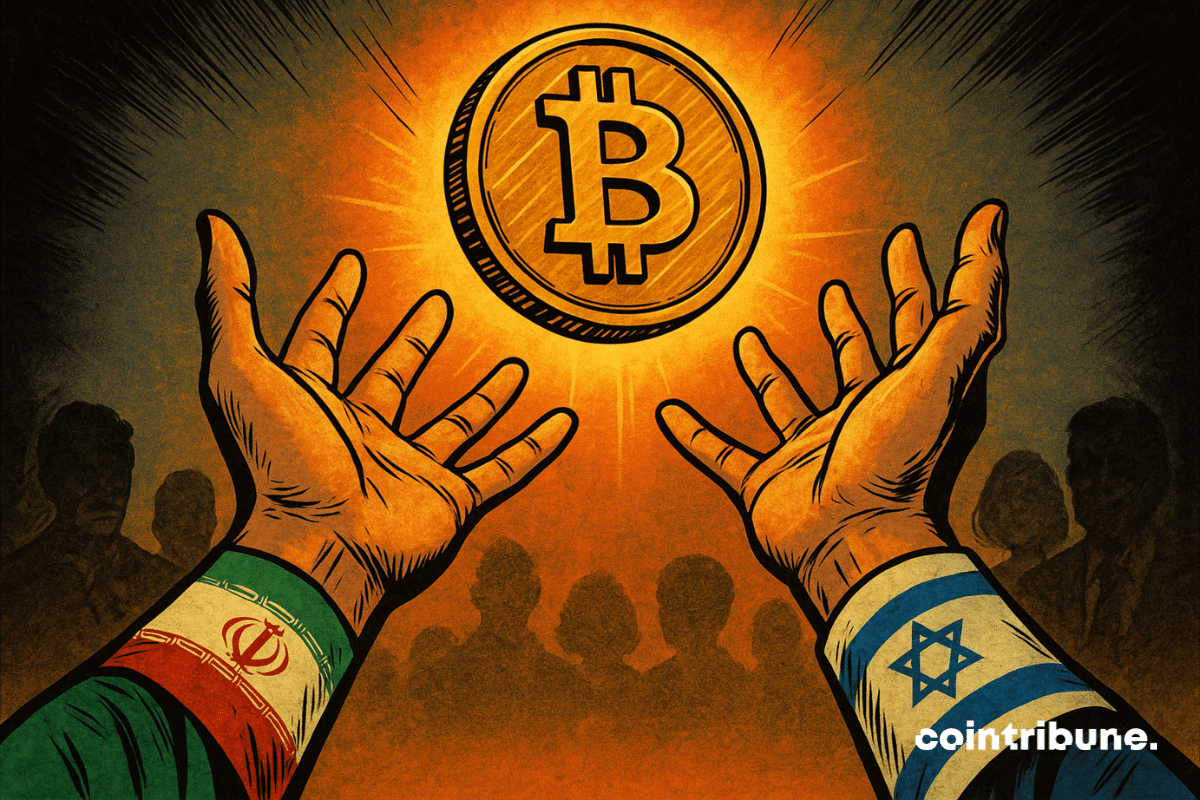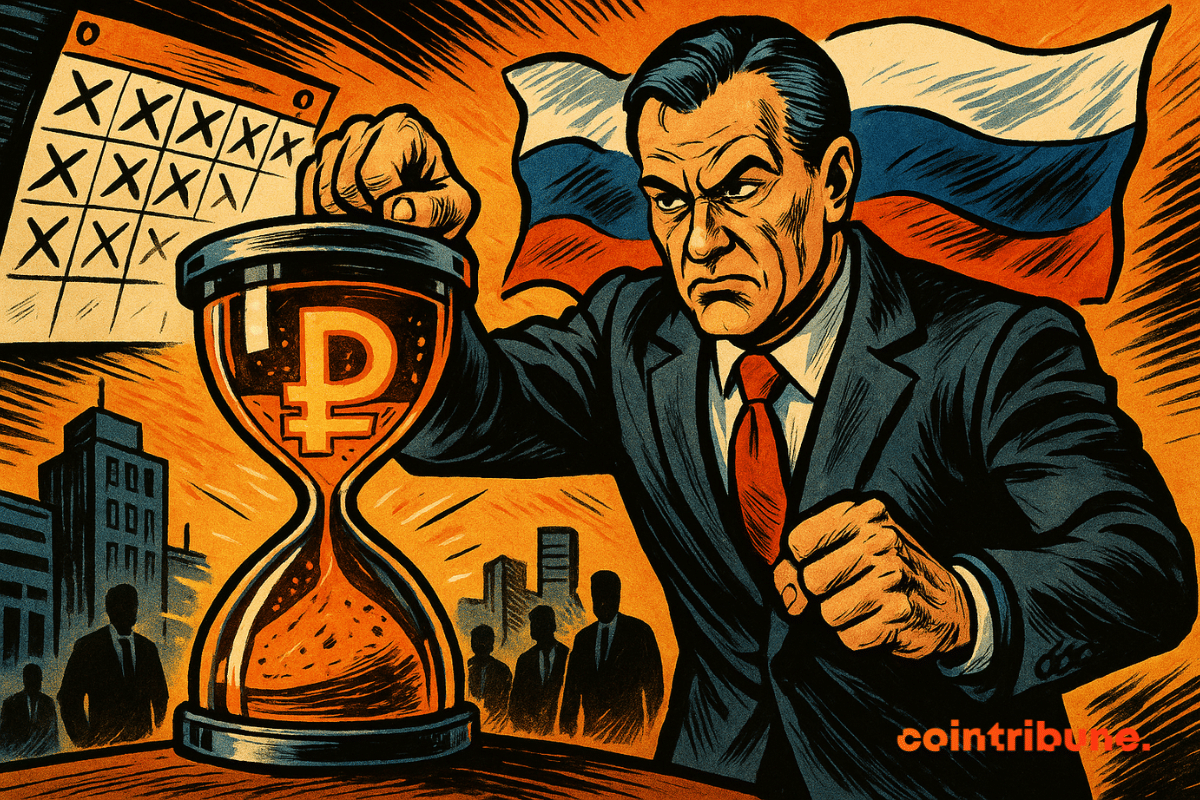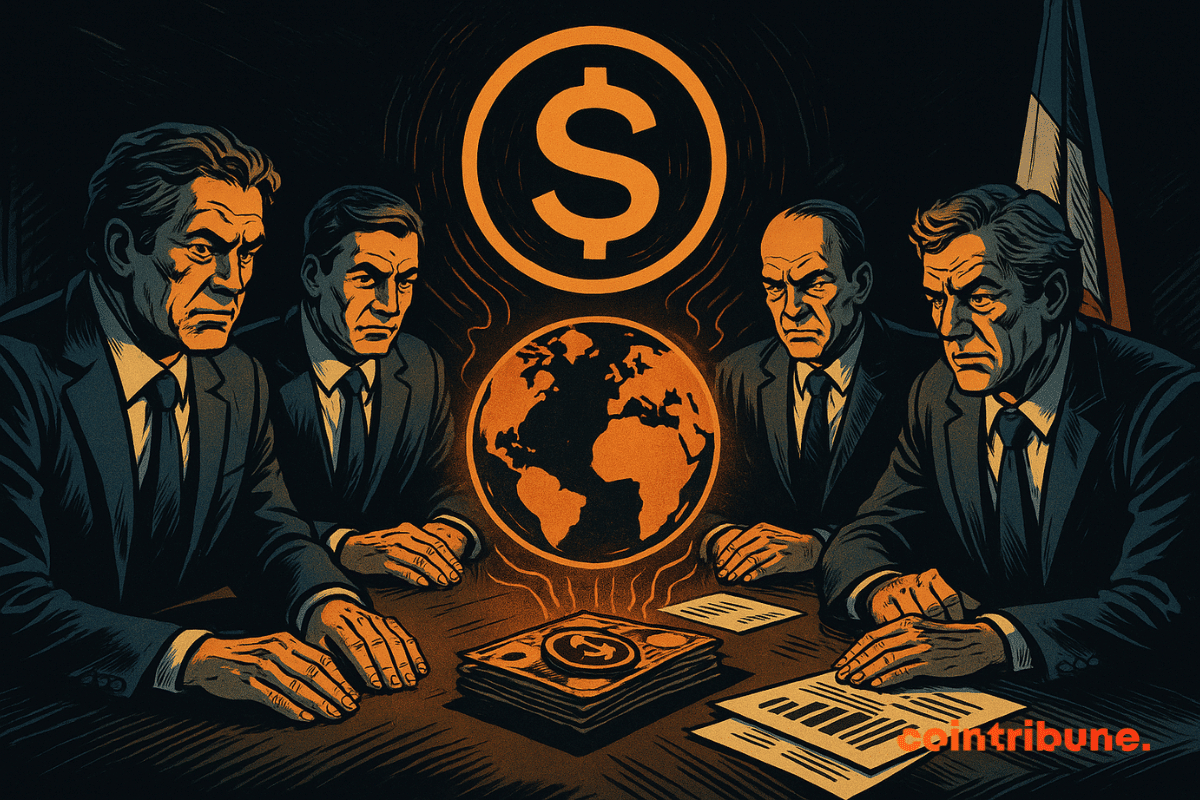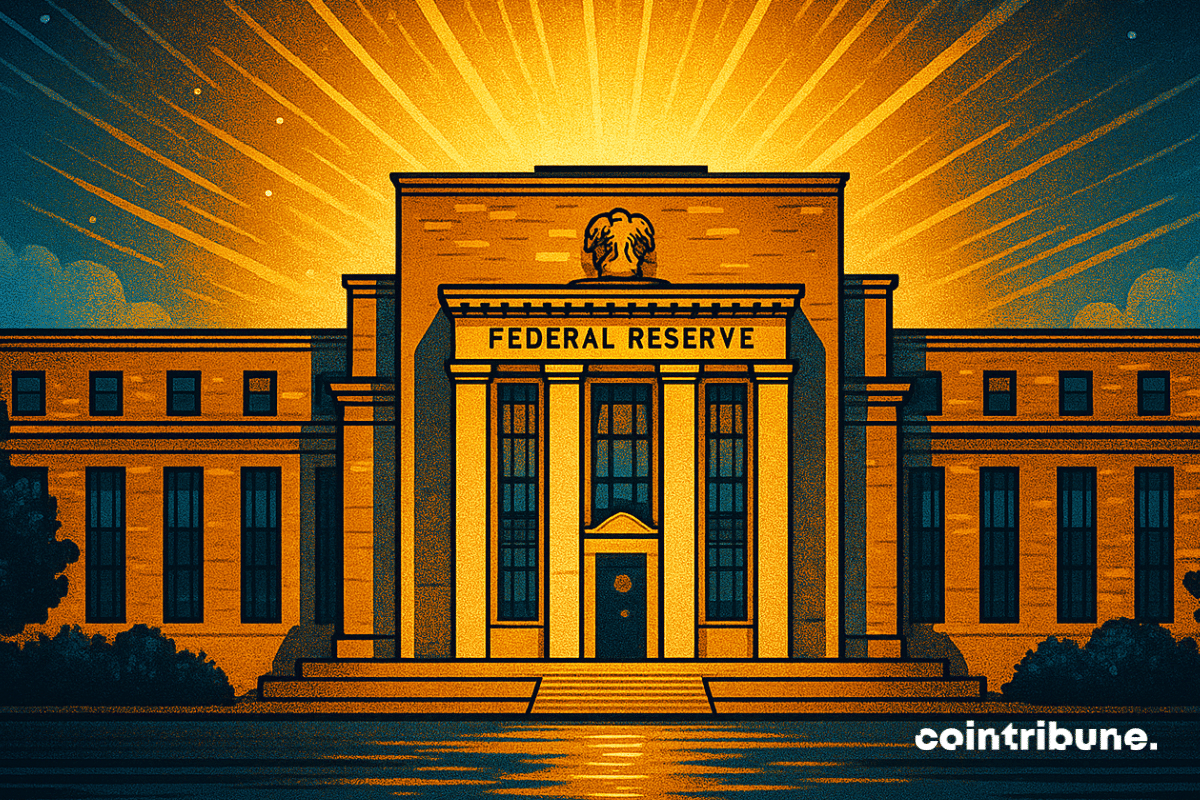Crypto reserve in Arizona: a bill passed despite criticism from the governor. Discover the details in this article!
Archive June 2025
While the market focuses on price curves, a key indicator of real activity has collapsed. Payment volume on the XRP Ledger has dropped by nearly 70% in just a few days. Behind this discreet withdrawal lies a deeper questioning of the network's vitality, its concrete adoption, and the robustness of its operational model.
In an economic climate marked by geopolitical tensions and a wait-and-see approach regarding the Fed's decisions, Morgan Stanley disrupts the consensus. The investment bank anticipates seven rate cuts in 2026, starting in March, with a terminal rate between 2.5% and 2.75%. This sharp projection, published on June 25th, contrasts with the prevailing caution and reignites debates about the U.S. monetary calendar.
"On the eve of an extraordinary options expiration estimated at 20 billion dollars, the crypto market holds its breath. With bitcoin hovering around 107,800 dollars, every price movement becomes a battle between buyers and sellers. In this strategic duel, billions are at stake. The outcome will depend on the buyers' ability to lock in key levels before the outcome. Maximum pressure builds as the fateful deadline approaches."
Tokens we thought were safe, a report that strikes, the BIS takes aim at stablecoins. Crypto-mania or toxic bubble? The global finance reassesses its strategies... under high tension.
After weeks of consolidation and volatility, Ethereum is regaining its strength and has shown a spectacular increase of 15% from its lows. This remarkable rebound puts ETH back in a strategically technical position where $2,800 becomes a credible target.
The ceasefire in the Middle East triggers a new rise in bitcoin.
Russia no longer tests. It imposes. By decreeing the mandatory integration of the digital ruble into the national banking and commercial system, Moscow leaves no room for doubt. The transition to a controlled, programmable, and centralized currency is underway. Gone are the ambiguities of experimentation, making way for the architecture of an unprecedented monetary system where each transaction could, tomorrow, be traced, regulated... or even blocked. This choice is not merely technological: it is political, strategic, almost ideological. For behind the apparent modernization of payments lies a much larger game.
While Americans pamper stablecoins, the Bank of France bares its teeth: crypto, dollar, and sovereignty do not mix well for the guardians of the monetary temple.
The Federal Reserve just made a big change that could make it easier for crypto companies to get bank accounts. On Monday, the Fed said it would no longer use “reputational risk” as part of its official bank supervision process. That vague label was often used to warn banks away from doing business with crypto firms, and many in the industry say it led to years of unfair “debanking.”
